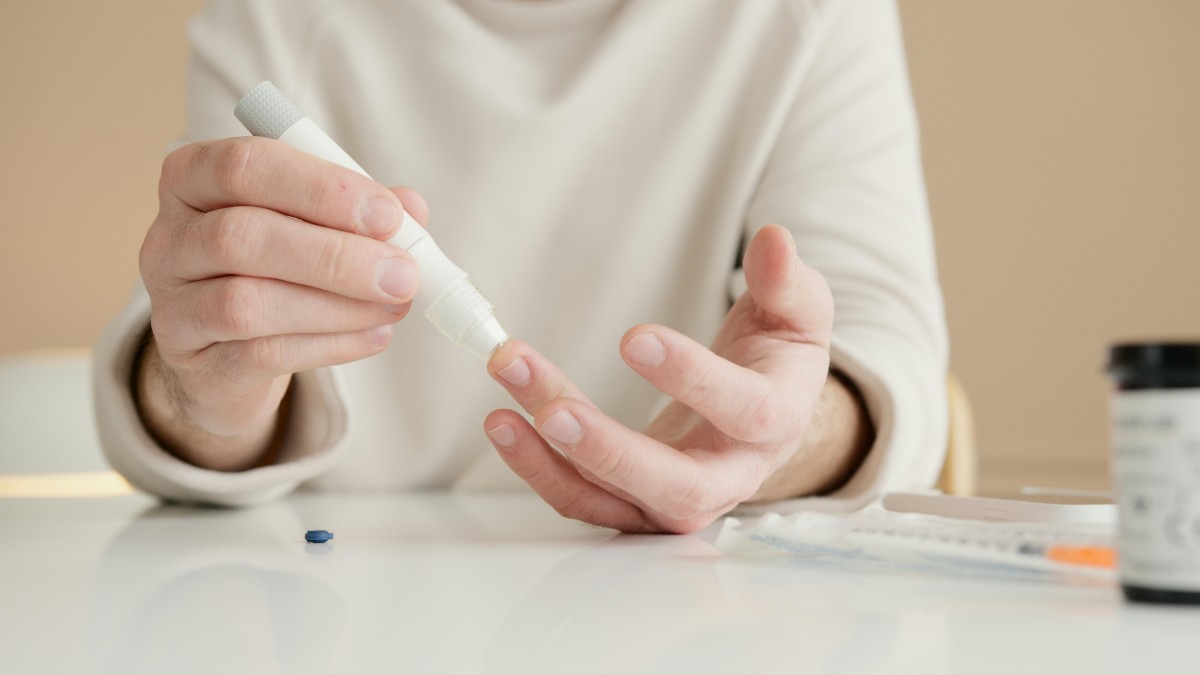Diabetes – America’s Disease
November 7, 2024

November is American Diabetes Month. Our country is specifically called out in this particular healthcare awareness event because, in the U.S., diabetes is an epidemic. We have a higher rate of diabetes than any other developed nation due to factors such as obesity, poor diet, genetics, and lack of physical activity. Over 38 million children and adults have diabetes in our nation – those diagnosed with diabetes now account for one of every four healthcare dollars spent in the U.S.
This annual awareness month is about rallying support against the disease through research, education, and advocacy. At Watertown Regional Medical Center, we see the challenges diabetes presents to patients every day. Our primary care providers help individuals keep the disease under control, our endocrinologists provide specialized care, and when patients come to us in blood-sugar distress, we stabilize them in our emergency room.
Education is critical for diabetes. For starters, there are two types of diabetes: type 1,diabetes and type 2 diabetes. Type 1 is typically diagnosed in children and occurs when your pancreas doesn't make insulin or makes very little insulin. People with type 1 diabetes need to take insulin every day, and while this variation of diabetes can't be prevented, it can be treated effectively.
With type 2 diabetes, your body doesn’t use insulin well and can’t keep blood sugar at normal levels. It develops over many years and is usually diagnosed in adults (but more and more in children, teens, and young adults, per the Centers for Disease Control and Prevention).
What’s important to note with type 2 diabetes is that you can prevent or delay its onset by taking the usual wellness steps you probably hear now and again from your healthcare provider: maintain a healthy weight, eat healthy, be active, quit smoking, get enough sleep, and consume alcohol in moderation, if at all. And like type 1 diabetes, it can be treated effectively.
Type 2 diabetes is more likely diagnosed in adults reporting any of a number of symptoms, including:
- Feeling more thirsty than usual
- Urinating often
- Losing weight without trying
- Presence of ketones in the urine
- Feeling tired and weak
- Feeling irritable or having other mood changes
- Having blurry vision
- Having slow-healing sores
High blood sugar levels can damage your organs and tissue and cause complications such as nerve damage, kidney damage, heart attacks, strokes, and loss of vision. So, it is very important for those with diabetes to be diagnosed and treated quickly.
If you are experiencing any of the above symptoms, or want to determine your risk of having diabetes, talk to your primary care provider or visit our website to take a diabetes health risk assessment. It’s free and quick, and might ensure your path to good health and well-being doesn’t take a wrong turn.
Jot diabetes down as reason number #100 (as in < 100 mg/Dl, what your resting blood sugar level should be) for you to make regular wellness appointments with your primary care provider! If you don’t have a primary care provider, call 920.533.9762 or visit our Find a Doctor page to find one right for you.
